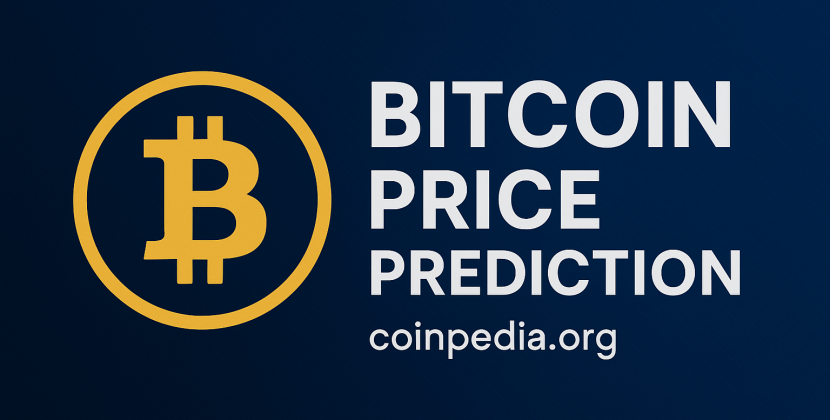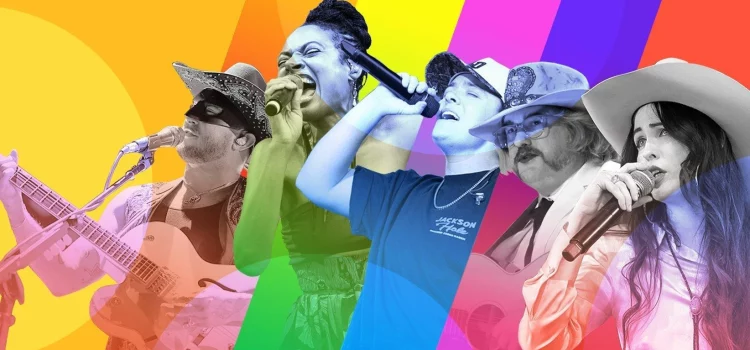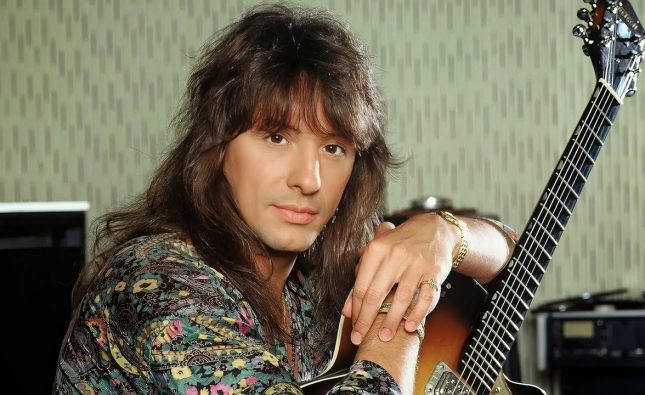
Introduction
The music industry has long been a powerful medium for expressing identity, emotion, and social change. For decades, the LGBTQ+ community has played a fundamental role in shaping music history and culture. From inspiring unique genres to influencing trends, the impact of LGBTQ+ musicians, producers, and fans is profound. This article explores the historical and cultural contributions of the LGBTQ+ community to music, underscoring the importance of inclusivity in a continually evolving industry.
The Rise of LGBTQ+ Influence in Music
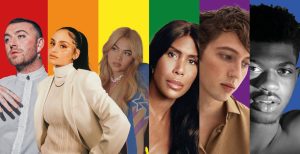
The influence of the LGBTQ+ community in music has grown significantly over the years. In the early days, many artists had to hide their identities due to fear and discrimination. However, as society has changed, LGBTQ+ musicians have started to gain more visibility and acceptance. From jazz and blues to pop and hip-hop, LGBTQ+ artists have made important contributions to various music genres. Their unique experiences and perspectives have enriched the music landscape, allowing them to connect with audiences in powerful ways.
Benefits of LGBTQ+ Representation in Music
Having LGBTQ+ representation in music offers many benefits. It helps create a sense of belonging for those in the community, allowing them to see themselves reflected in the music they love. This representation promotes acceptance and understanding among listeners of all backgrounds. When LGBTQ+ artists share their stories through their music, it can inspire others to embrace their identities and live authentically. Additionally, it encourages a more diverse music scene, where different voices and experiences are celebrated.
The Role of LGBTQ+ Artists in Music Culture
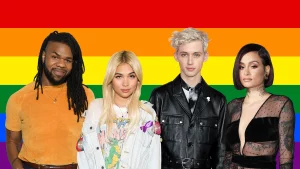
LGBTQ+ artists play a vital role in shaping music culture. They not only create music that resonates with their communities but also challenge stereotypes and break down barriers. Through their art, they promote messages of love, acceptance, and equality. Many LGBTQ+ musicians use their platforms to advocate for social justice and raise awareness about important issues facing their communities. This activism enriches the music industry, pushing for positive change and greater inclusivity.
Early Influence: Pioneers and Hidden Identities
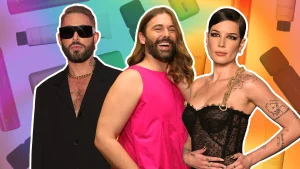
In the early 20th century, many LGBTQ+ artists had to conceal their identities due to social and legal constraints. Despite this, they found ways to express their authentic selves through music. Jazz and blues icons, such as Bessie Smith and Ma Rainey, subtly weave themes of same-sex love into their lyrics. These artists not only contributed to the development of jazz and blues but also laid the groundwork for future LGBTQ+ musicians to build upon.
The Birth of Disco: Freedom and Unity on the Dance Floor
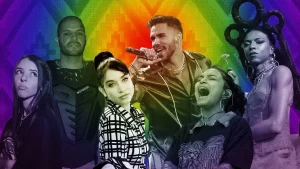
Disco emerged in the 1970s, embodying a spirit of liberation, joy, and acceptance. With LGBTQ+ clubs leading the scene, disco became a safe space where individuals could freely express themselves. LGBTQ+ icons like Sylvester and Donna Summer used music to inspire love and acceptance, making disco one of the first genres to celebrate LGBTQ+ culture openly. The disco era was pivotal, as it was during this time that LGBTQ+ representation gained more visibility, leading to wider acceptance within society.
Pop Icons and Visibility: The 80s and 90s
The 1980s and 1990s saw pop icons like Freddie Mercury, George Michael, and Elton John rise to stardom. Although some faced scrutiny due to their sexuality, their influence on music and culture was undeniable. These artists’ talents and personalities became integral to shaping the global music landscape. By championing messages of self-acceptance and love, they helped to normalize LGBTQ+ identities, influencing fans worldwide and encouraging many to embrace their authentic selves.
The Rise of Hip-Hop and Rap: Overcoming Boundaries
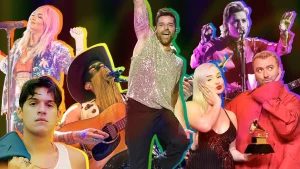
The hip-hop and rap genres have traditionally been conservative toward LGBTQ+ themes. However, modern LGBTQ+ artists such as Frank Ocean, Lil Nas X, and Kevin Abstract are breaking barriers. By openly discussing their sexuality, they challenge stereotypes and inspire younger generations. Their music combines themes of love, identity, and resilience, carving a path for increased LGBTQ+ visibility within hip-hop and rap.
Electronic and House Music: Safe Spaces for Expression
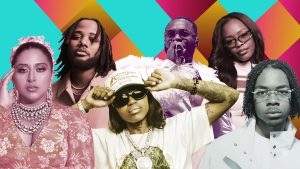
Electronic music and house music scenes have long been havens for LGBTQ+ communities. House music, which originated in Chicago’s LGBTQ+ club scene, allowed marginalized communities to express themselves freely. Artists like Frankie Knuckles and Honey Dijon helped to establish house music as a genre rooted in inclusivity and diversity. Today, electronic music festivals and events remain inclusive spaces, celebrating LGBTQ+ pride and freedom of expression.
Modern Pop Culture and Beyond: Broadening the Influence

Today, LGBTQ+ artists are more visible and influential than ever. From pop sensations like Lady Gaga to non-binary icons like Sam Smith, the influence of LGBTQ+ musicians reaches every corner of pop culture. Modern music videos, lyrics, and performances often emphasize themes of self-acceptance, freedom, and unity, highlighting the strides made in representation and inclusivity. LGBTQ+ artists are not only shaping music but also influencing fashion, language, and lifestyle.
Historical Challenges: The Struggle for Acceptance
Throughout history, LGBTQ+ artists faced many challenges. They often had to hide their true identities because of fear of rejection and discrimination. In the early 1900s, being openly LGBTQ+ could lead to serious consequences, including violence and legal issues. Many artists used coded language in their songs to express their feelings without attracting attention. Despite these challenges, they found ways to create powerful music that connected with others in the community and showed their true selves.
The Role of Music Festivals: A Celebration of Pride
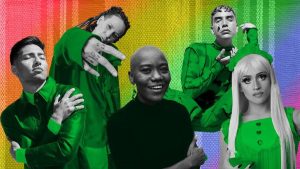
Music festivals have become important spaces for the LGBTQ+ community. Events like Pride festivals and LGBTQ+ music festivals celebrate identity and culture. They provide a platform for LGBTQ+ artists to perform and connect with fans. These festivals often feature a mix of music genres, showcasing both famous and up-and-coming LGBTQ+ musicians. The sense of community and acceptance at these events helps promote love and understanding, making music a vital part of the LGBTQ+ experience.
The Power of Lyrics: Messages of Hope and Love
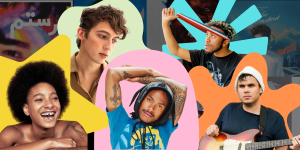
The lyrics in LGBTQ+ music often carry powerful messages. Many songs speak about love, acceptance, and the struggles faced by the community. Artists use their music to share personal stories that resonate with listeners. For example, songs about coming out, facing prejudice, or finding love can inspire others to embrace their identities. This emotional connection helps to build a sense of solidarity among listeners, showing them they are not alone in their experiences.
Influence on Mainstream Music: Breaking Down Barriers
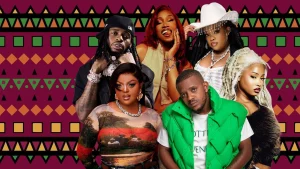
As LGBTQ+ artists gained recognition, they began to influence mainstream music. Their unique perspectives and styles pushed the boundaries of popular music. Artists like Madonna and Lady Gaga incorporated LGBTQ+ themes into their work, making them more visible to a wider audience. This visibility has encouraged other artists to explore LGBTQ+ topics in their own music, leading to greater acceptance and representation within the industry.
Social Media: A New Platform for Expression
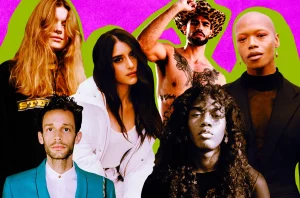
With the rise of social media, LGBTQ+ artists have found new ways to connect with fans. Platforms like Instagram, TikTok, and YouTube allow musicians to share their stories and music directly. This direct connection helps artists build a loyal following and share messages of pride and acceptance. Social media has also made it easier for fans to support LGBTQ+ artists, leading to more inclusive spaces in the music industry.
Challenges Faced by LGBTQ+ Musicians
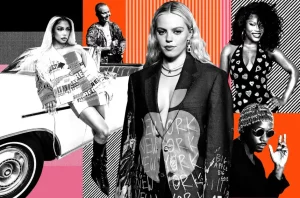
Despite their impact, LGBTQ+ musicians still face challenges in the music industry. Many artists encounter discrimination, prejudice, and stereotyping. Even today, some genres, like country and hip-hop, can be unwelcoming to openly LGBTQ+ artists. This can make it difficult for them to find acceptance and support within certain communities. Additionally, issues such as mental health struggles and the pressures of public scrutiny can affect their careers. These challenges highlight the need for continued support and understanding for LGBTQ+ musicians.
The Future of LGBTQ+ Music
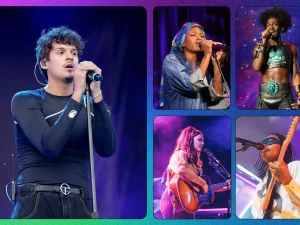
The future of LGBTQ+ music is promising and full of possibilities. As society becomes more accepting, LGBTQ+ artists are likely to gain even more recognition and visibility. New genres and styles will continue to emerge, showcasing the diversity within the community. With platforms like social media, artists can connect with fans and share their music more easily than ever. The ongoing fight for equality and representation will further inspire musicians to create art that reflects their experiences, making the music world a more inclusive and vibrant space.
Analysis Table: LGBTQ+ Influence Across Music Genres
| Genre | LGBTQ+ Influence | Key Artists |
|---|---|---|
| Jazz and Blues | Subtle themes of same-sex love paved way for diversity | Bessie Smith, Ma Rainey |
| Disco | Openly celebrated LGBTQ+ culture | Sylvester, Donna Summer |
| Pop | Helped normalize LGBTQ+ identities globally | Freddie Mercury, Elton John, Lady Gaga |
| Hip-Hop and Rap | Breaking stereotypes, pushing for inclusivity | Frank Ocean, Lil Nas X, Kevin Abstract |
| Electronic/House | Created safe spaces; genre rooted in inclusivity | Frankie Knuckles, Honey Dijon |
| Modern Pop | Promotes self-acceptance and freedom | Lady Gaga, Sam Smith |
Comparative Table: LGBTQ+ Representation in Music Across Eras
| Era | Main Focus | Impact on LGBTQ+ Community |
|---|---|---|
| Early 20th Century | Hidden identities; coded messages in music | Lay the foundation for LGBTQ+ themes in lyrics |
| Disco (1970s) | Open celebration of LGBTQ+ pride | Greater visibility and acceptance |
| 80s-90s Pop | Growing LGBTQ+ icon visibility | Mainstream exposure; normalization of identities |
| 2000s Hip-Hop/Rap | LGBTQ+ artists pushing for inclusivity in conservative genres | Paving the way for acceptance within hip-hop/rap |
| Modern Pop (2000s+) | High visibility and influence across all genres | LGBTQ+ culture now integral to modern music industry |
Conclusion: A Lasting Legacy in Music
The LGBTQ+ community’s influence on music history and culture is undeniable. From early jazz and blues to modern pop, LGBTQ+ artists have continually transformed the music industry, promoting messages of love, resilience, and inclusivity. As the industry evolves, the contributions of LGBTQ+ artists remain essential to fostering a more inclusive and expressive musical landscape. The impact of LGBTQ+ culture in music continues to inspire, reminding us of music’s power to shape society.


